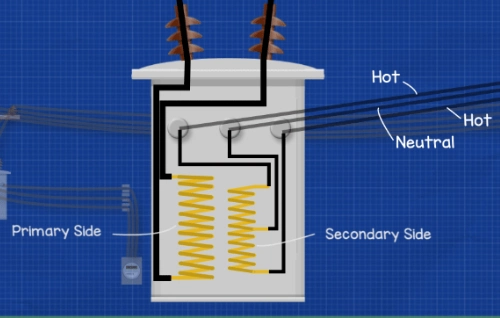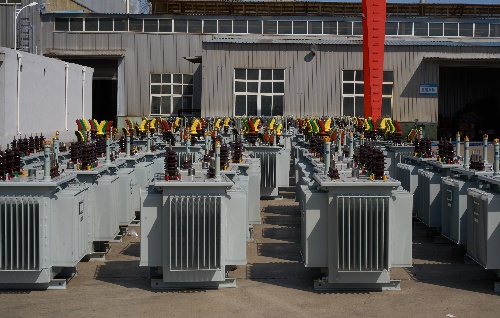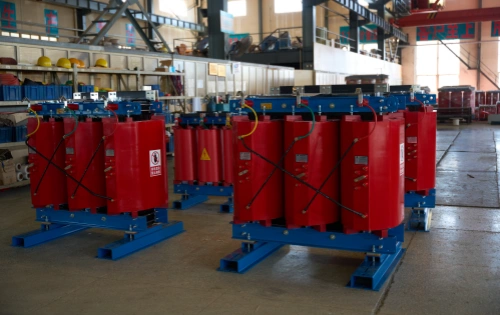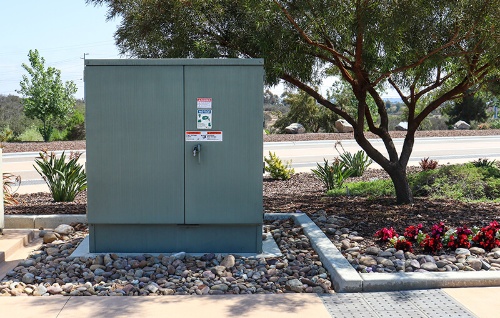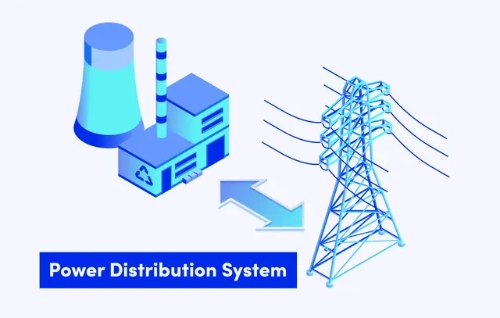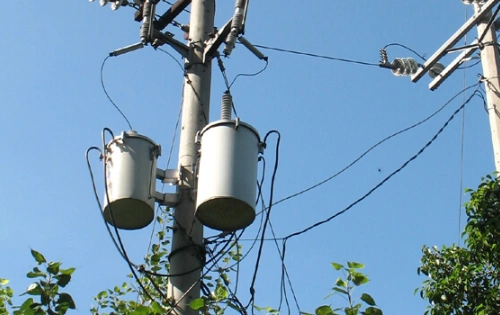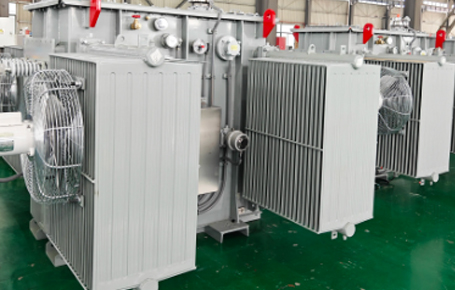Why We Need Tap Changers on the Transformer
In modern electrical power systems, maintaining voltage levels within an acceptable range is essential for both system stability and equipment longevity. As power flows fluctuate throughout a distribution network, the voltage at various points changes due to load variations, line impedance, and other dynamic conditions. One of the most effective solutions for this challenge lies within the transformer: tap changers.
The Role of Tap Changers in Voltage Regulation
Transformers operate on the principle of electromagnetic induction, where the turns ratio between the primary and secondary windings determines the voltage transformation. However, the demand on the distribution network is rarely static, which means that the voltage delivered to end-users can vary. To ensure a stable secondary voltage, we need a way to modify the transformer's effective turns ratio without replacing or rewiring the unit.
This is where tap changers become critical. By adjusting the number of active turns on the voltage winding, tap changers allow utilities to maintain voltage levels within strict limits, even as load conditions change.
Tap Changer Types: On-Load vs. De-Energized
There are two main categories of transformer tap changers: De-energized Tap Changers (DETCs) and On-Load Tap Changers (OLTCs).
- De-energized Tap Changers (DETCs) are designed for manual or motor-operated adjustment only when the transformer is offline. These are typically found on smaller voltage transformers or power transformers that do not require frequent adjustment. While cost-effective, DETCs do not allow real-time voltage regulation.
- On-Load Tap Changers (OLTCs), by contrast, are engineered to adjust the taps while the transformer remains in service. They are commonly used in larger power transformers and high-demand environments where voltage needs to be actively regulated in real time.
Table 1: Tap Changer Comparison (DETC vs OLTC)
|
Feature |
DETC (De-energized Tap Changer) |
OLTC (On-Load Tap Changer) |
|
Voltage adjustment while live? |
No (requires shutdown) |
Yes (under load) |
|
Adjustment frequency |
Low |
High (dynamic regulation) |
|
Typical application |
Distribution transformers |
Transmission, power transformers |
|
Complexity |
Simple |
Complex (selector + diverter) |
|
Cost |
Lower |
Higher |
|
Maintenance requirements |
Low |
High |
|
Tap location |
High-voltage winding |
High-voltage winding |
How OLTCs Work: Selector and Diverter Switches
An OLTC functions through a combination of mechanical and electrical components, most notably the selector switch and the diverter switch. The selector switch determines which tap the transformer is connected to, while the diverter switch handles the transition between taps under load without interrupting the circuit.
Here’s a simplified sequence:
- The selector switch selects the next tap.
- The diverter switch uses switch contacts and a bridging mechanism to momentarily connect both the old and new taps, allowing a seamless transfer.
- Once the load is fully shifted, the previous tap is disconnected.
This precise control allows the load tap changer to incrementally vary the transformer's turns ratio, thereby altering the output voltage in small, controlled steps. In high-voltage transmission systems, this function is indispensable.
Voltage Taps and Transformer Windings
A transformer typically has voltage taps located on the high-voltage winding. This is because adjusting the turns on the primary side (where the voltage is higher) requires fewer current-handling capabilities compared to the low-voltage side. The taps are spaced out in steps, commonly ±10% of the nominal voltage in increments of 1.25% or 2.5%.
Each voltage tap corresponds to a different number of winding turns, allowing the transformer to compensate for voltage sags or surges.
Table 2: Voltage Tap Position and Corresponding Voltage Shift
|
Tap Position |
Effective Turns (%) |
Output Voltage Change |
Application Example |
|
Tap -4 |
90% |
-10% |
Light load, high input voltage |
|
Tap -2 |
95% |
-5% |
Voltage slightly above nominal |
|
Tap 0 (neutral) |
100% |
0% |
Rated voltage |
|
Tap +2 |
105% |
+5% |
Medium load compensation |
|
Tap +4 |
110% |
+10% |
Heavy load or distant end load |
Note: In real applications, tap steps are typically 1.25% or 2.5%, depending on the transformer design.
Applications and Benefits in the Distribution Network
In a real-world distribution network, tap changers help maintain optimal voltage conditions across various load scenarios—morning peaks, evening dips, or sudden industrial loads. Without this adaptive control, utilities would face more frequent voltage complaints, equipment malfunctions, and overall inefficiencies.
Tap changers also:
- Improve power quality and reduce losses.
- Extend the life of connected equipment.
- Minimize the need for manual intervention.
- Support integration of renewable energy sources, where voltage variability is common.
Challenges and Considerations
While tap changers offer numerous advantages, they do introduce mechanical complexity and require regular maintenance. OLTCs, in particular, involve oil-insulated compartments and moving parts that must be serviced periodically to avoid failure.
Moreover, improper tap settings—especially in DETCs—can lead to suboptimal performance or even equipment damage. It is essential for system designers and operators to understand the transformer tap configuration during commissioning and load planning.

